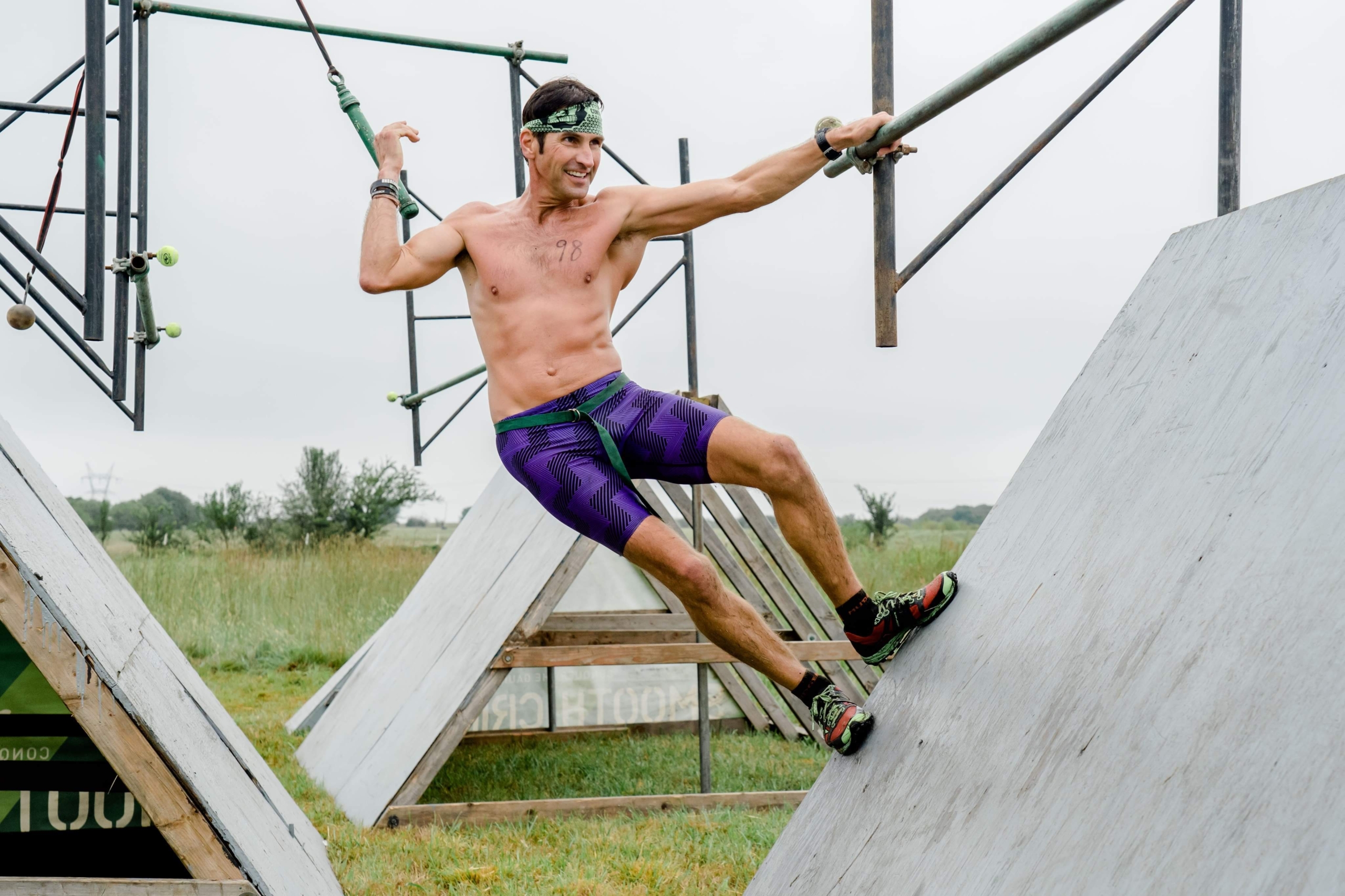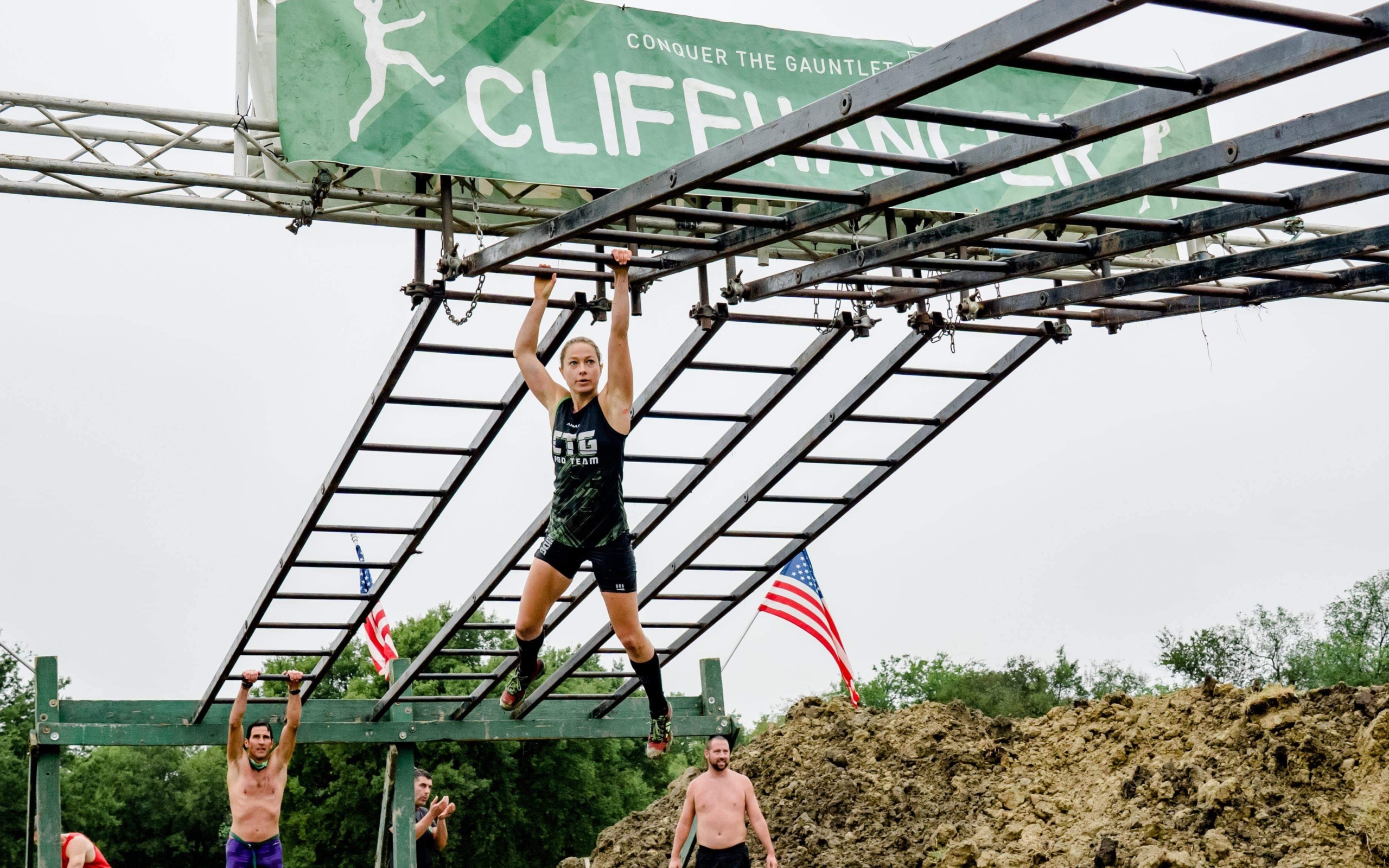Any time someone picks up a new pair of trail or Obstacle Course Racing (OCR) shoes, they want them to have good traction. After all, who wants a pair of shoes that slip around in the mud or on the trail? Many pick up new shoes because an old pair is falling apart or because they like a new style. However, if you are running without the best available traction, you may be sacrificing more than you realize because the cost of poor traction is a lot higher than most people think. Here’s a list of reasons that you may want to reconsider running in shoes with worn down treads:
Cost of Effort: When was the last time you tried running in sand? Every push off of a foot you are losing some of your energy into the moving ground. The same logic and physics apply when running in footwear with poor traction. At the end of the race you may not feel like a little less traction cost you much time but the extra amount of energy adds up. This is just as important in something like a 3k OCR World Championship event, where every second counts or a very long race like 24 hours of World’s Toughest Mudder, where the cost of movement is multiplied over a longer race course.

Conquer The Gauntlet Pro and the athlete with the most CTG Masters wins making his way across the often slippery Smooth Criminal.
Injury*: There’s no better reason to have good traction than this one. Having poor traction can lead to an injury as your feet slip and slide through the mud. Imagine bombing down the mountain at Spartan’s National Series Race in Palmerton and your foot slides away from you. An injury can do more than ruin a race, it can ruin a season or even worse an athletic career. Even though you may be racing for fun, an injury that forever alters your ability to train can be just as emotionally devastating. When you compare the cost of medical bills to the cost of a new shoes, it suddenly doesn’t seem like such a big cost anymore.
Cost of a Goal: Whether your poor traction actually causes an injury or just requires you to expend more energy, the end result might be the same: you miss your goal. At the high end of the performance scale this may translate directly into a quantifiable amount through the loss of prize money or physical prizes. At a minimum it means lots of training, effort and emotional energy results in missing your placement goal, time goal or ability to make it to the finish line. Our goals are exponentially more important than the cost of entry for an event. Just ask any participant about their most recent event and they will tell you things like their placement, finishing time and how they placed. Rarely do they talk in terms of race entry costs or amount they spent on equipment leading up to the race.
You can roll the dice and use your worn out old trail shoes for an OCR or trail race, but what are you unknowingly sacrificing? Finding a pair of shoes that fits well and has great performance will help translate all your hard work, training and effort from true potential to actual performance on race day. The athletes I race with are a huge fan of VJ Shoes USA (XTRM review, MAXx review and iROCK3 review).
You’ve already spent money on travel, race entry, hotel and gym memberships to get to your current state, why try to save pennies on something that can have tangible effect on results? Add in the emotional and mental energy along with all the time spent preparing, it makes the cost of having the best traction available a mandatory expense.

2019 North American OCR Championships gold medalist in her age group on her way to her 3rd podium finish of 2020 at Conquer The Gauntlet races.
*The week I wrote this article I went to do some obstacle specific training. Rather than wear my VJ XTRMs with the better traction I wore a different pair of shoes so I could save my VJs for race days. Fast forward a couple of hours and I slipped on an obstacle and busted my leg pretty hard (see picture below). This just reinforced the lessons talked about in this article…now I just need to figure out a way to remember my own advice.
All pictures (except those of the author) provided by Stoke Shed. Read more about Stoke Shed in Stoke Shed: The Future of OCR Video.







Leave A Comment